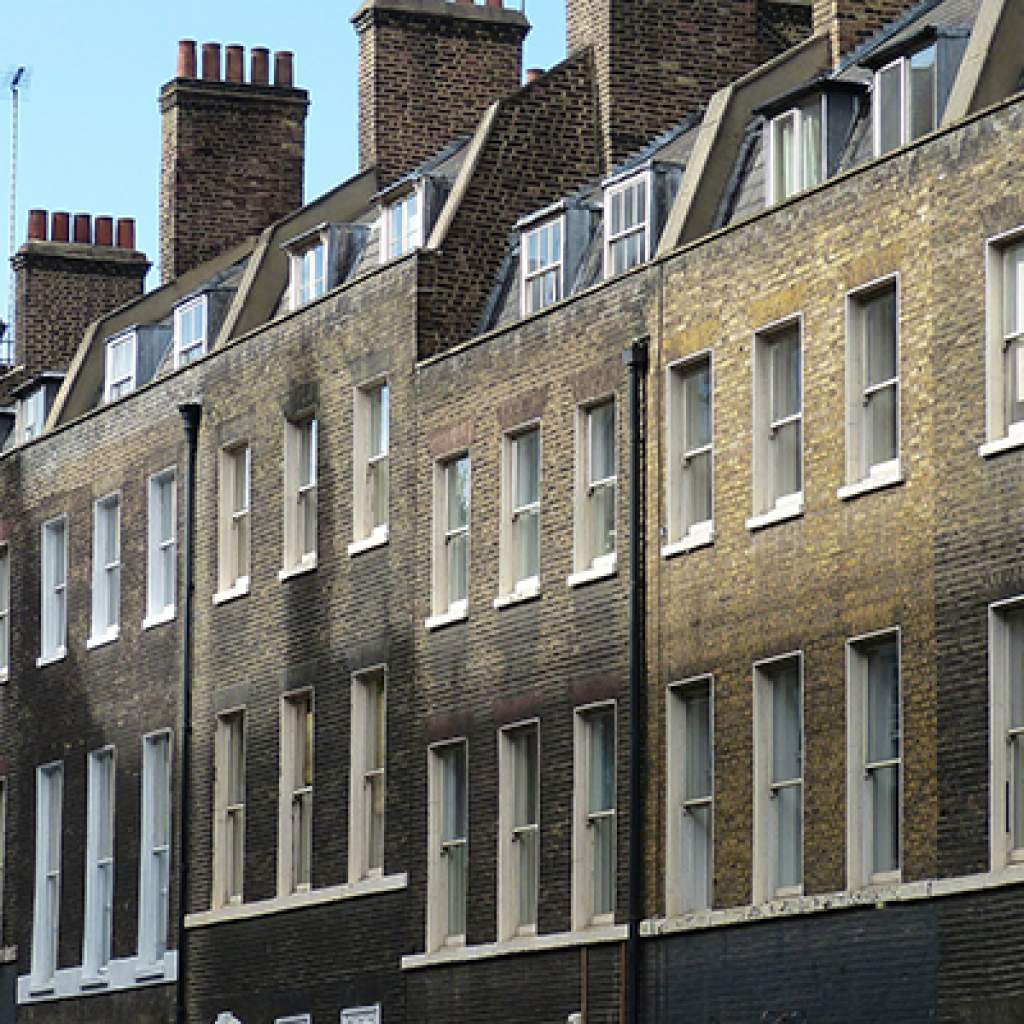The number of transactions in April plummetted by over 100,000 compared with March according to statistics released by HMRC.
In total, HMRC say there were 70,690 residential transactions for over £40,000 in April, down from 173,430 in March.
April saw the lowest number of transactions in three years. Compared to April in 2015, the number of transactions dropped 19%.
Comparing seasonally adjusted figures, the gap between March and April was 45%. Doug Crawford, CEO of My Home Move, said: “The huge monthly fall in property transactions in April is in line with the industry’s expectations, and was driven by investors bringing forward purchase to beat the clock on the stamp duty changes. With thousands of pounds potentially at stake there was a clear incentive for landlords to complete ahead of the April 1st deadline, and the falling off of transaction volumes confirms the vast majority did so. This follows data published by the CML last week, which highlighted that mortgage lending fell 29% between March and April.
“Transaction figures are likely to be subdued over the next few months as a result of the rush on buy-to-let purchases in the first quarter and caution caused by the looming referendum. Looking forwards, our recently published forecast is for the number of property transactions to rise by 7% this year and by 20% by 2020.*
“While house prices are high, buyers who can raise a deposit have been given a boost by extremely attractive mortgage rates which support borrowing. There are also signs of solid improvement in lending to first time buyers, such as a growth in high loan-to-value (LTV) mortgages available. Unlocking the market for first time buyers is the key to supporting high volumes of purchases in the market as a whole. Our forecast growth in sales is based on first-time buyers being able to access the high LTV mortgage products that will support their borrowing.”
Andrew Bridges, managing director of London estate agents Stirling Ackroyd said: “The wheels of the property market are turning – but not quick enough to meet demand. A rush of activity at the start of the year left both buyers and sellers in a whirl. Now things have settled down, the property market needs to settle into a steadier rhythm.
“In the majority of London this is happening – with a healthy hum of buyers and sellers. But the old luxury corners of London are far quieter – the traditional top quarter of the market saw a 2.4% annualised fall in house prices in the last quarter of 2015. This means fewer properties on the market and ultimately less choice for buyers. Fortunately, this hasn’t spread too far. The East of London has shown its cards and is in a strong position – resistant to price falls and leading London’s property fortunes. Activity across the rest of the capital and the rest of the country now needs to catch up with the beacons of growth and optimism around developing hotspots.”
Andy Sommerville, Director of Search Acumen, comments: “A 45% month-on-month drop in transactions is a powerful testament to how government reform can alter forecasts and sway public attitude.
“Whilst the spike in March more than makes up for the fall in April what is worrying is that this dip is not just the consequence of buy to let landlords and second homeowners clearing transactions ahead of April. It’s also the result of people trying to find their bearings, preferably even trying to stay away from the market as Brexit speculation grows louder.
“The Chancellor, in efforts to sway voters to ‘stay’ has predicted ‘economic shock’ and plummeting house prices in the event of the UK leaving the EU, while others believe falling house prices could be a good thing. Either way, the uncertainty is stagnating the market. This is likely to continue well into June, with transactions picking up once there is greater clarity on the UK’s direction.”
Greg Bryce, Managing Director at SearchFlow, comments: “With a dramatic spike in activity of 41.5% increase recorded in the HMRC’s last monthly transaction report, as buyers rushed to beat the 3% surcharge which was introduced on 1 April for buy-to-let and second homes, it was inevitable that we would see a significant fall the following month. And whilst activity levels were 14.5% lower than April 2015, if you take into account the total for March and April, activity levels are still substantially higher than the corresponding period last year.
“The activity levels are widely recognised to be attributed to the additional surcharge and unreflective of any market malaise. Our latest conveyancing sentiment survey reveals that a third of conveyancers are expecting activity levels to increase by 1% to 10% over the next three months. However, as expected, uncertainty surrounding the referendum is setting in, with 40% unsure how the market will perform over the next three months. But with the economy strong, employment level high, interest rates low and the economic and housing policies unlikely to change very much, the clear majority believe that regardless of the referendum result, activity levels will remain buoyant for the second half of the year.”




















